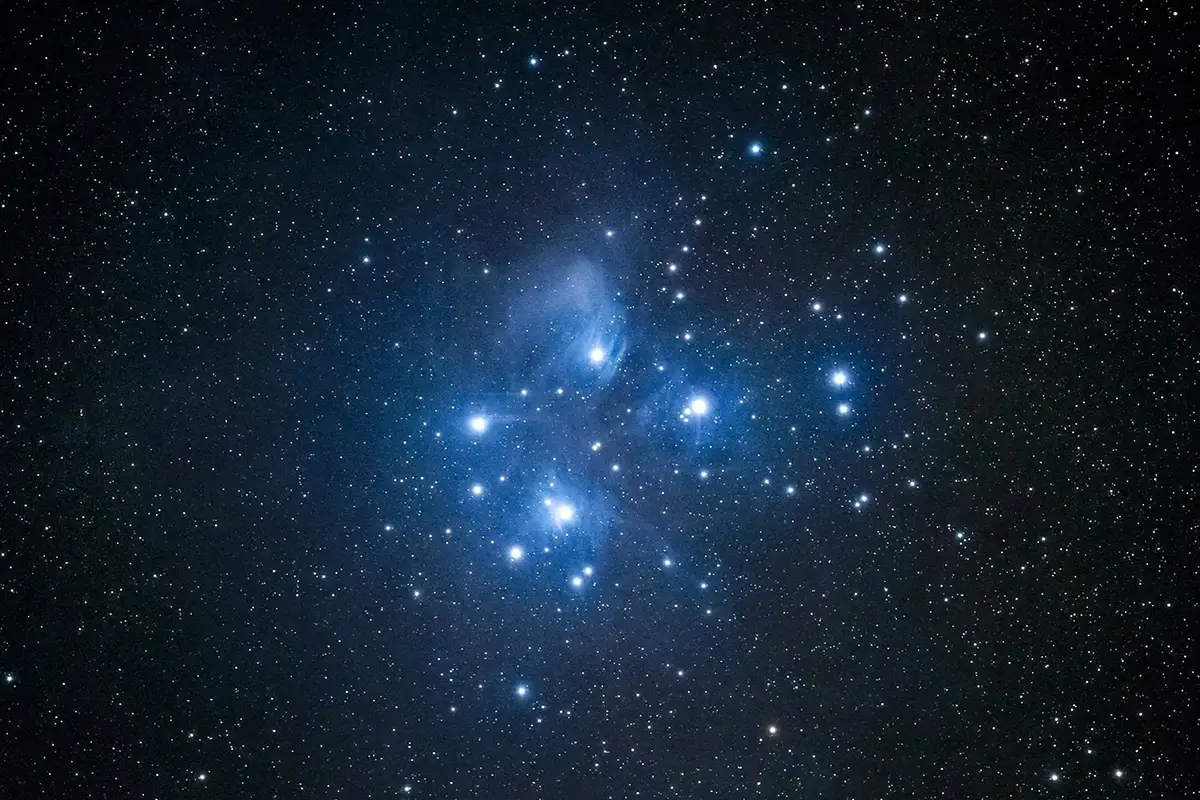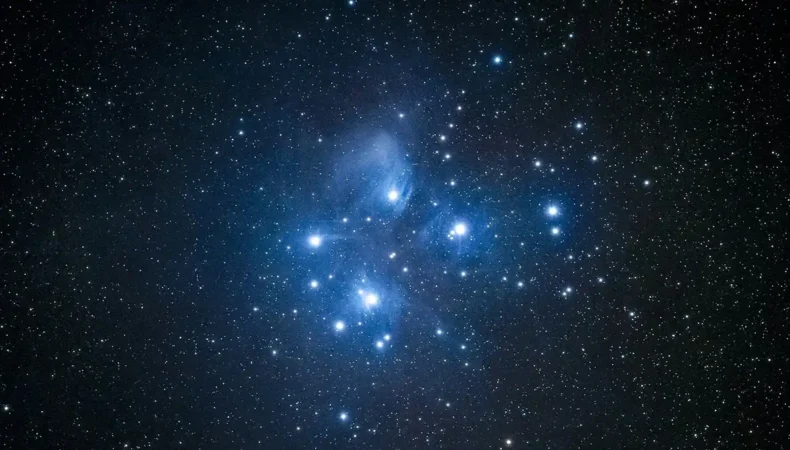Matariki is a time of celebration in Aotearoa New Zealand – it signals the Māori New Year and the rising of a special star cluster in the winter sky. It’s about more than being an astronomical event; it’s about celebrating culture, memory and renewal. Traditionally a time for Māori to celebrate their dead, give thanks for the present and make future plans. As Matariki becomes re-established in modern New Zealand life, with the annual observance now an official public holiday, it encourages everyone to think a little differently – to reflect, reconnect with whānau and celebrate the depth of te ao Māori, or the Māori world.
Here in this article, we are listing some of the Facts About Matariki you may want to remember.

10 Key Facts About Matariki for Cultural Awareness
Fact 1:- Matariki is a cluster of stars and not a single star. It’s also known around the world as the Pleiades or the Seven Sisters.
Fact 2:- The sighting of Matariki in the winter sky — typically towards the end of June or early July — signifies the Māori New Year.
Fact 3:- According to Māori tradition, there are nine visible stars in the Matariki cluster. These include:
- Matariki
- Pōhutukawa
- Tupuānuku
- Tupuārangi
- Waitī
- Waitā
- Waipunarangi
- Ururangi
- Hiwa-i-te-rangi
Fact 4:- There is significance to each of these stars. For instance,
- Tupuānuku is associated with food that is planted in the ground.
- Waitī to freshwater life
- Pōhutukawa to the deceased.
Fact 5:- Matariki is translated as “eyes of god” or “little eyes” — mata ariki (eyes of the gods).
Fact 6:- In 2022, New Zealand observed the Matariki public holiday for the first time, the country’s first Māori public holiday.
Fact 7:- In the past, Matariki was a time for reflection, remembrance, and renewal. People would gather to mourn loved ones, give thanks for the harvest, and prepare for the coming year.
Fact 8:- Matariki was celebrated by many, but it has declined with European colonisation. Now been a powerful resurgence in the last few decades.
Fact 9:- Visibility of stars has long been used to forecast the success of the upcoming harvest; clear and bright stars would ‘signify’ a good season.
Fact 10:- Events involve food (kai), storytelling, music, kapa haka (Māori performing arts), and kite (pākau) flying.
Conclusion
With Matariki shining strong in the night sky, and the hearts of New Zealanders, we must all come together and appreciate the values of reflection, community and culture. Whether you’re sharing kai, remembering loved ones or setting your sights on the future, Matariki asks everyone to take time out and be mindful of the rhythms between people and place; where we’ve been and where we’re headed, and the values that bind. Adopting this Aotearoa-specific celebration is more than just respectful of our Māori tradition, it is a reminder of our national identity as a nation held together by the threads of respect, remembrance and rejuvenation.
Last modified: June 16, 2025








